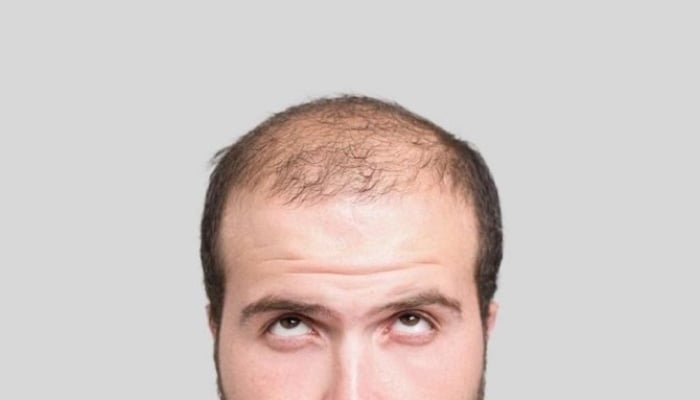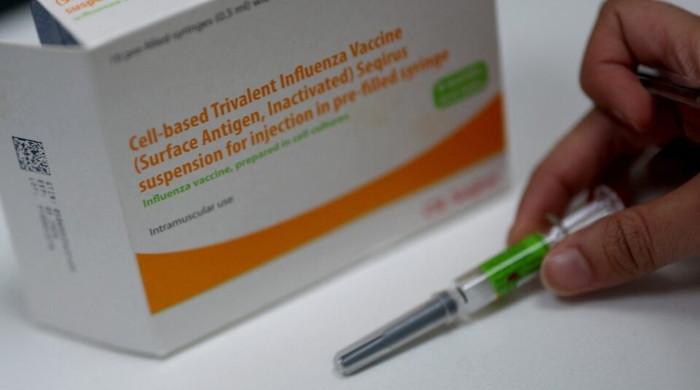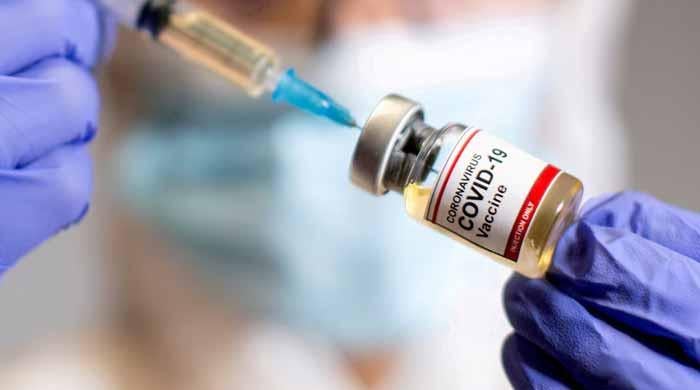Scientists discover protein that triggers baldness and lease to regrowth
Discovery of TGF-beta could also one day lead to future research on curing baldness
July 27, 2022

- TGF-beta controls division, development of new cells in hair follicles and also dies on its own, which kills whole hair follicle.
- Scientists are still uncertain why follicles kill themselves
- Discovery of TGF-beta could also one day lead to future research on curing baldness.
Researchers from the University of California discovered a protein that controls “life and death” in hair follicles.
The new study allowed scientists to get a closer look at how stem cells — which can adapt to other cells — repair damaged tissue or organs.
“In science fiction when characters heal quickly from injuries, the idea is that stem cells allowed it,” said UC Riverside mathematical biologist and study co-author, Qixuan Wang, in a media release.
“In real life, our new research gets us closer to understanding stem cell behaviour, so that we can control it and promote wound healing.”
The protein, called TGF-beta, controls the division and development of new cells in hair follicles and also dies on its own — which kills the whole hair follicle.
“TGF-beta has two opposite roles. It helps activate some hair follicle cells to produce new life, and later, it helps orchestrate apoptosis, the process of cell death,” Wang said.
However, scientists are still uncertain why follicles kill themselves. Some believe it is linked to how animals shed fur to survive hot summer temperatures or when certain reptiles camouflage.
“Even when a hair follicle kills itself, it never kills its stem cell reservoir. When the surviving stem cells receive the signal to regenerate, they divide, make new cell and develop into a new follicle,” Wang said.
The discovery of TGF-beta could also one day lead to future research on curing baldness.
“Potentially our work could offer something to help people suffering from a variety of problems,” Wang said.









